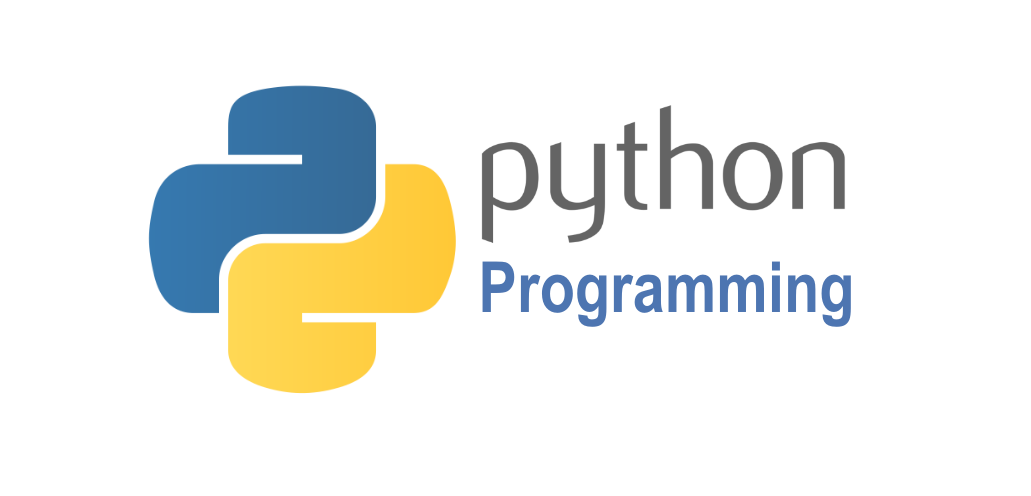
Introduction
This blog records my journey of solving LeetCode problems from scratch, focusing not only on coding solutions but also on the logic and basic algorithms behind them. Instead of covering every problem, I'll highlight those that are conceptually elegant or reveal interesting algorithmic ideas. Each case follows a concise three-part structure: Core Idea, Code, and Algorithm Insights & Extensions.
Case 1 – Greatest Common Divisor of Strings (LeetCode #1071)
1. Core Idea:
This problem draws inspiration from number theory.
If two strings can be concatenated in both orders (str1 + str2 == str2 + str1), it means they share a repeating pattern. The length of that pattern corresponds to the greatest common divisor (gcd(a, b) = gcd(b, a % b)) of their lengths. Otherwise, there's no common base substring, and we return an empty string.
2. Code:
class Solution(object):
def gcdOfStrings(self, str1, str2):
if str1 + str2 != str2 + str1:
return ""
if len(str1) == len(str2):
return str1
if len(str1) > len(str2):
return self.gcdOfStrings(str1[len(str2):], str2)
return self.gcdOfStrings(str1, str2[len(str1):])
3. Algorithm
- Euclidean Algorithm Analogy — gcd(a, b) = gcd(b, a % b)
The recursion mimics the Euclidean algorithm for finding the GCD of two integers:
repeatedly subtract (or in this case, slice) the shorter component from the longer until equality is reached.
Case 2 – Can Place Flowers (LeetCode #605)
1. Core Idea
The problem asks whether we can plant n new flowers in a flowerbed without violating the “no adjacent flowers” rule.
The intuitive approach is to check every position and plant a flower only when both its left and right neighbors are empty.
To simplify boundary checking (so the first and last plots don’t need special treatment), we can pad the array with zeros at both ends, imagine adding one virtual empty plot before and after the flowerbed.
2. Code:
class Solution(object):
def canPlaceFlowers(self, flowerbed, n):
"""
:type flowerbed: List[int]
:type n: int
:rtype: bool
"""
flowerbed = [0] + flowerbed + [0]
count = 0
for i in range(1, len(flowerbed) - 1):
# Check if current plot and neighbors are all empty
if flowerbed[i-1:i+2] == [0, 0, 0]:
# Plant a flower and update count
flowerbed[i] = 1
count += 1
# If enough flowers have been planted, return True
if count >= n:
return True
# Return False if not enough flowers have been planted
return False
3. Algorithm
- Greedy Filling Strategy
By surrounding the array with zeros ([0] + flowerbed + [0]), we eliminate boundary conditions at the edges. This transforms a “special-case” problem into a uniform iteration problem — a common trick in array processing.
Case 3 – Reverse Vowels of a String (LeetCode #345)
1. Core Idea
The task is to reverse only the vowels in a string while keeping all other characters in place.
The most efficient approach is to use two pointers — one starting from the left, the other from the right — and swap vowels as we find them. (two-pointer pattern)
2. Code:
class Solution(object):
def reverseVowels(self, s):
"""
:type s: str
:rtype: str
"""
vowels = ['a', 'e', 'i', 'o', 'u', 'A', 'E', 'I', 'O', 'U']
i = 0
j = len(s) - 1
str_list = list(s)
while i < j:
if str_list[i] not in vowels:
i += 1
elif str_list[j] not in vowels:
j -= 1
else:
str_list[i], str_list[j] = str_list[j], str_list[i]
i += 1
j -= 1
return "".join(str_list)
3. Algorithm
- Two-Pointer Technique
Two pointers moving toward each other are ideal for problems that require pairwise swaps, symmetry, or constraint-based movement. Here, it avoids extra space and makes the logic simple and direct. - Complexity
Time: O(n), where n = len(s)
Space: O(n) (for list conversion), though swaps themselves are O(1)
Case 4 — Product of Array Except Self (LeetCode #238)
1. Core Idea
The challenge is to return an array where each element is the product of all other elements in the input, without using division and in O(n) time.
key idea: for each index i, its result equals the product of all numbers to its left multiplied by all numbers to its right.
This naturally leads to a prefix–suffix product pattern:
- First, compute prefix products (from the left).
- Then, compute suffix products (from the right).
- Finally, multiply both arrays element-wise.
class Solution(object):
def productExceptSelf(self, nums):
n = len(nums)
leftProducts = [1] * n
rightProducts = [1] * n
result = [0] * n
# Calculate products of all elements to the left
for i in range(1, n):
leftProducts[i] = leftProducts[i - 1] * nums[i - 1]
# Calculate products of all elements to the right
for i in range(n - 2, -1, -1):
rightProducts[i] = rightProducts[i + 1] * nums[i + 1]
# Multiply left and right products
for i in range(n):
result[i] = leftProducts[i] * rightProducts[i]
return result
The beauty of this problem lies in transforming an "all-at-once" operation into two directional linear passes.
Case 5 — Is Subsequence (LeetCode #392)
1. Core Idea
The problem asks whether a string s is a subsequence of another string t.
The simplest way to verify this is to traverse t from left to right while tracking the current matching position in s.
Each time a matching character is found, we move one step forward in s. If we reach the end of s, it means every character has appeared in order, making it a subsequence.
2. Code:
class Solution(object):
def isSubsequence(self, s, t):
counts = 0
slen = len(s)
if slen == 0:
return True
for ch in t:
if s[counts] == ch:
counts += 1
if counts == slen:
return True
return False
3. Algorithm:
- Two-Pointer Pattern (Implicit Form)
Though written with one index (counts), this approach is essentially a two-pointer scan:
One pointer traverses s (tracking progress).
The other traverses t (iterating through all characters). - Complexity
Time: O(len(t))
Space: O(1)







